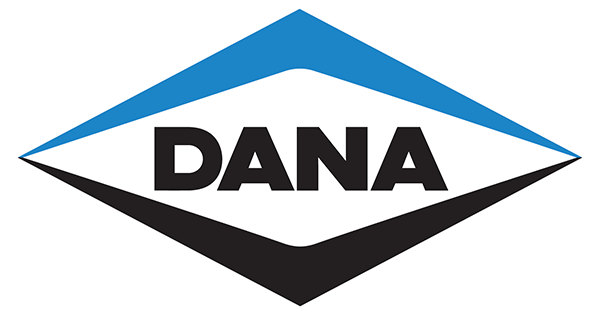Global supply chains are under unprecedented pressure. Geopolitical shocks, supplier failures, cyberattacks, and ever changing regulations are rising sharply, while legacy networks built for efficiency – not resilience – are buckling under the strain. Empower your organization to anticipate, quantify, and mitigate supply chain risks – protecting revenue, ensuring continuity, and creating competitive advantage in volatile markets.
From N-Tier network mapping and AI-generated Supplier 360 degree summaries to coordinated response workflows and scalable supplier engagement, SCRM connects risk signals across your supply chains to decisive action – before disruption strikes.














